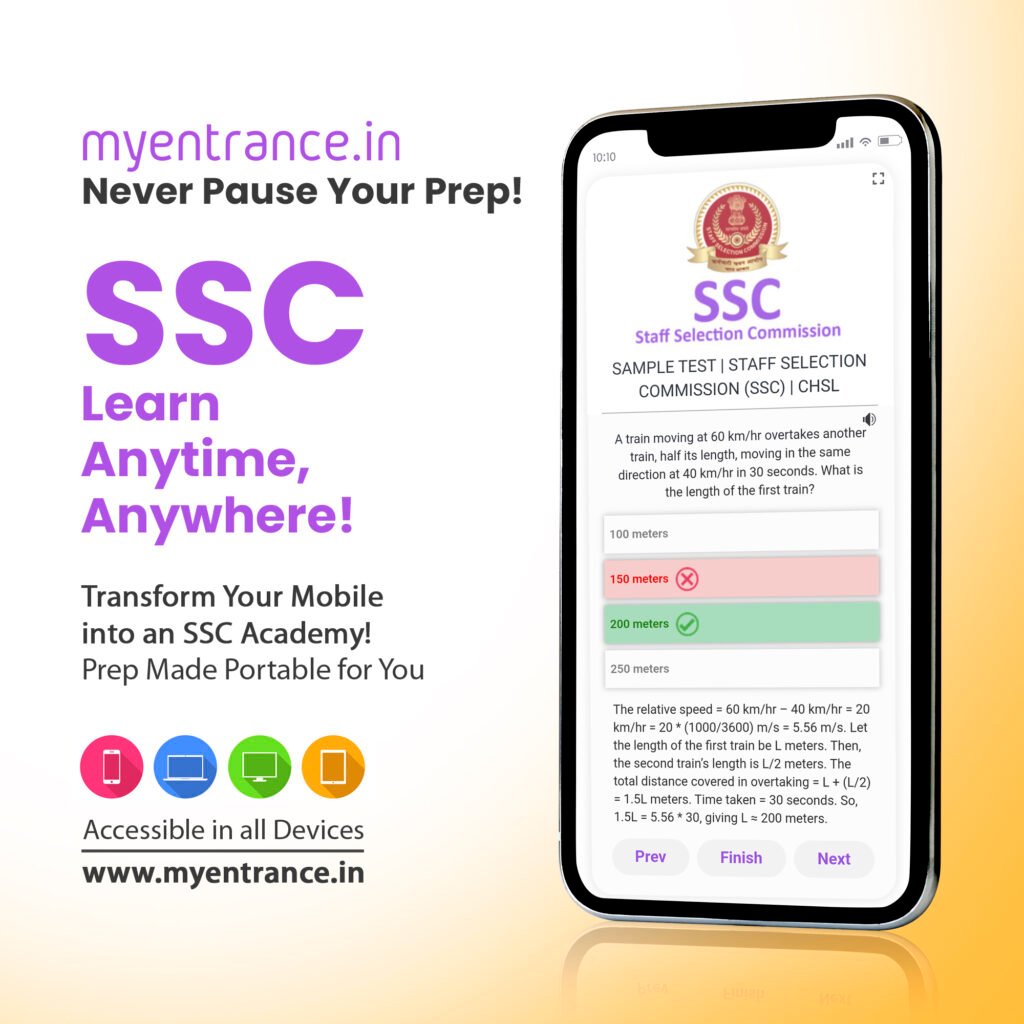
High cholesterol is a significant health concern that can lead to serious conditions like heart attack and stroke. While high cholesterol often does not show symptoms, there are certain signs on your face and eyes that can indicate elevated levels. Watching for these signs can prompt early intervention and lifestyle changes to reduce cholesterol levels.
Key Signs of High Cholesterol on Face and Eyes
- Yellow Patches on Eyelids:
- What to Look For: Yellowish patches around the eyelids, known as xanthelasma.
- Significance: These patches are deposits of cholesterol and can indicate high blood cholesterol levels. Although usually benign, they may signal an increased risk of cardiovascular disease.
- Changes Around the Cornea’s Edge:
- What to Look For: A white or grey ring around the edge of the cornea, known as arcus senilis.
- Significance: Caused by cholesterol deposits, this ring is a potential sign of elevated cholesterol, especially in individuals under 45.
- A Ring Surrounding the Cornea:
- What to Look For: A white or grey ring surrounding the cornea, similar to arcus senilis, but specifically seen in individuals under 40.
- Significance: This ring, called corneal arcus, may also indicate high cholesterol levels.
- Skin Pigmentation:
- What to Look For: Yellowish pigmentation of the skin, particularly noticeable on the face and around the eyes.
- Significance: Known as xanthoderma, this pigmentation is caused by high cholesterol and can be a sign of hyperlipidemia, warranting further evaluation.
- Yellowish Pimples:
- What to Look For: Small yellowish pimples or larger raised patches, known as xanthomas.
- Significance: These benign growths result from cholesterol buildup beneath the skin and can appear on the cheeks, eyelids, or around the eyes. Their presence suggests underlying conditions like lipid metabolic abnormalities or high cholesterol.
Why Should You Be Concerned?
Noticing these signs can be crucial for early detection of high cholesterol. High levels of cholesterol can lead to fatty deposits in blood vessels, making it harder for blood to flow through the arteries, potentially causing heart attacks or strokes. These visible indicators on the face and eyes are warnings to check your cholesterol levels and take preventive measures.
What to Do If You Notice These Signs?
If you observe any of these symptoms, it is essential to consult with a healthcare provider. They can offer advice on managing cholesterol and evaluate your overall heart health. Regular check-ups and lipid profile management are critical steps in preventing serious health issues.
Conclusion
High cholesterol is a silent threat that often goes unnoticed until it leads to severe health problems. By being aware of these facial and eye symptoms, you can take proactive steps to manage your cholesterol levels. A healthy diet, regular exercise, and medical guidance are key to maintaining good health and preventing complications associated with high cholesterol.




































Leave a Reply